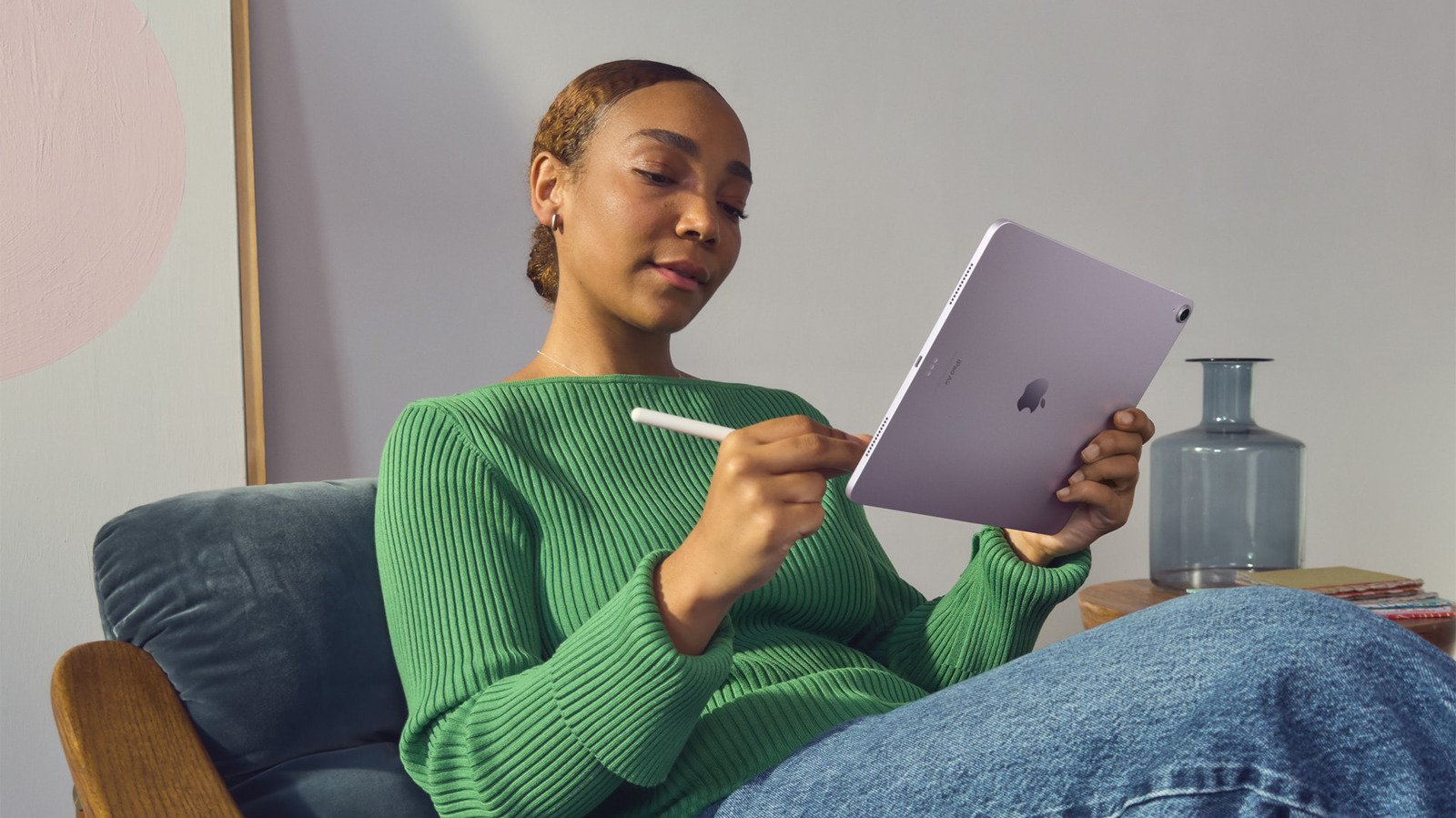
As Android evolves across various form factors, the difference between the iPad and even the most high-end Android tablets is becoming a gulf too wide to bridge. In 2024, Apple just put the M4 chip, its latest, desktop-grade, custom silicon chip into the iPad pro. The same year, Google equipped its Pixel Tablet with the Tensor G2 that powered many of its early-2023 devices. Now, that’s a low-end tablet, but even at the high end, the Samsung Galaxy Tab S9 Ultra is equipped with a Snapdragon 8 Gen 2. That’s a remarkably good smartphone chip, but it’s not in the same league as the desktop-grade M4. If you want a computer-grade tablet that isn’t made by Apple, you’ll need to look at Windows devices.
In terms of software, the gap is a little bit closer than spec sheets suggest. Android remains much more feature-rich than iPadOS, especially when companies like Samsung apply their custom skins. This article was written mostly on an aforementioned Galaxy Tab S9 Ultra, a workflow only possible because of Samsung DeX, which runs a desktop environment natively on the tablet’s laptop-sized OLED display. With the ability to truly multitask, Samsung’s option is a much more suitable replacement for a laptop than Apple’s latest, M4-equipped iPad Pro.
So, if Android is that much more capable, not to mention the dominant OS globally, why do tablets that run it fail to stand against the almighty iPad? Well, it comes down to feedback loops.

